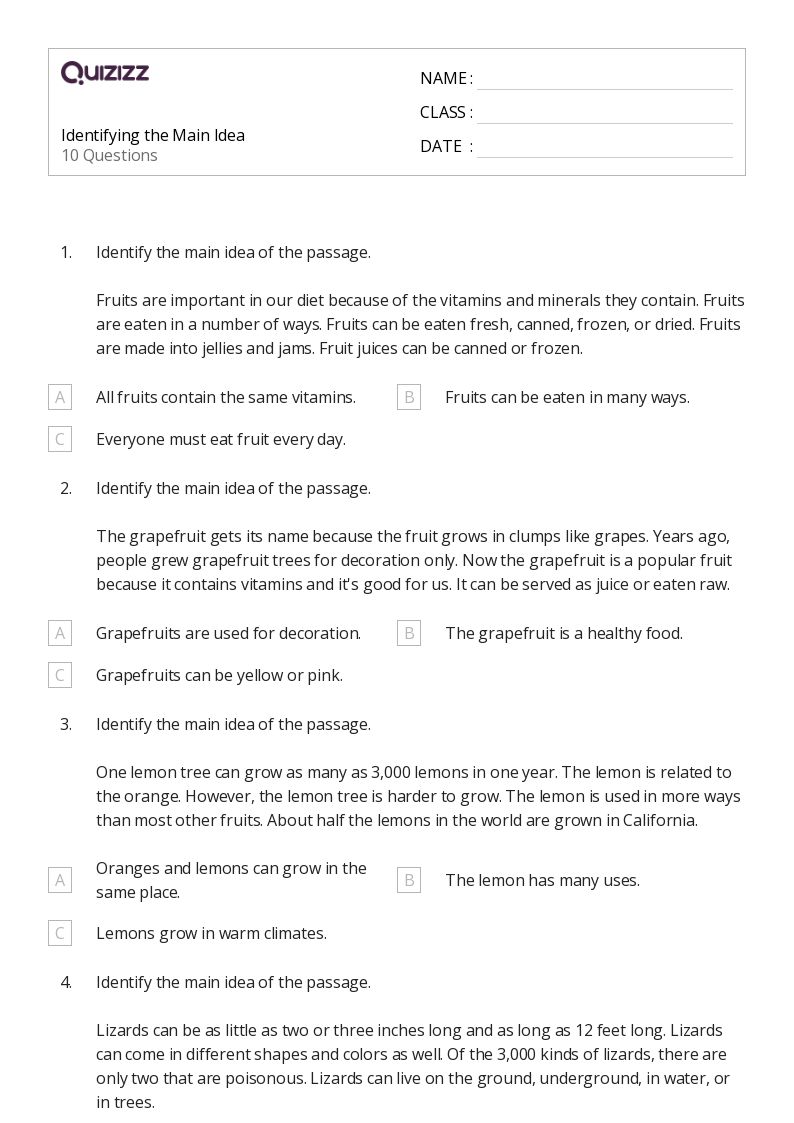
10 Q
3rd - 5th
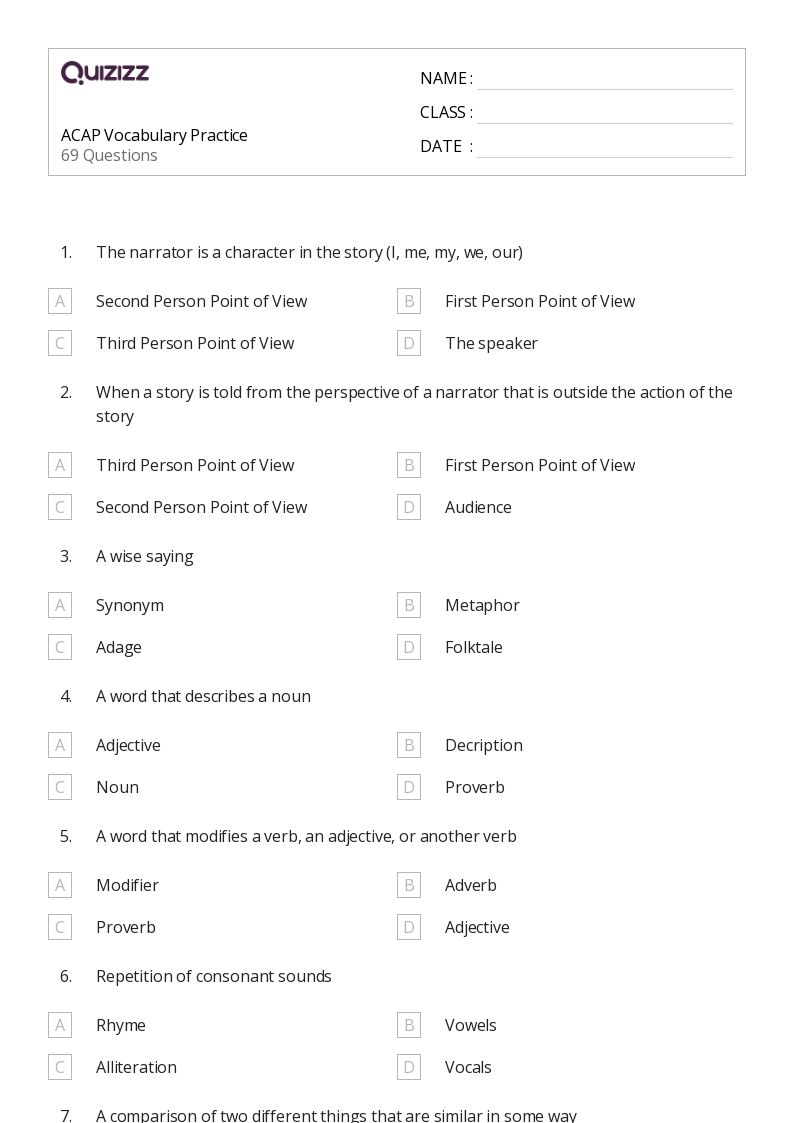
69 Q
3rd - 5th
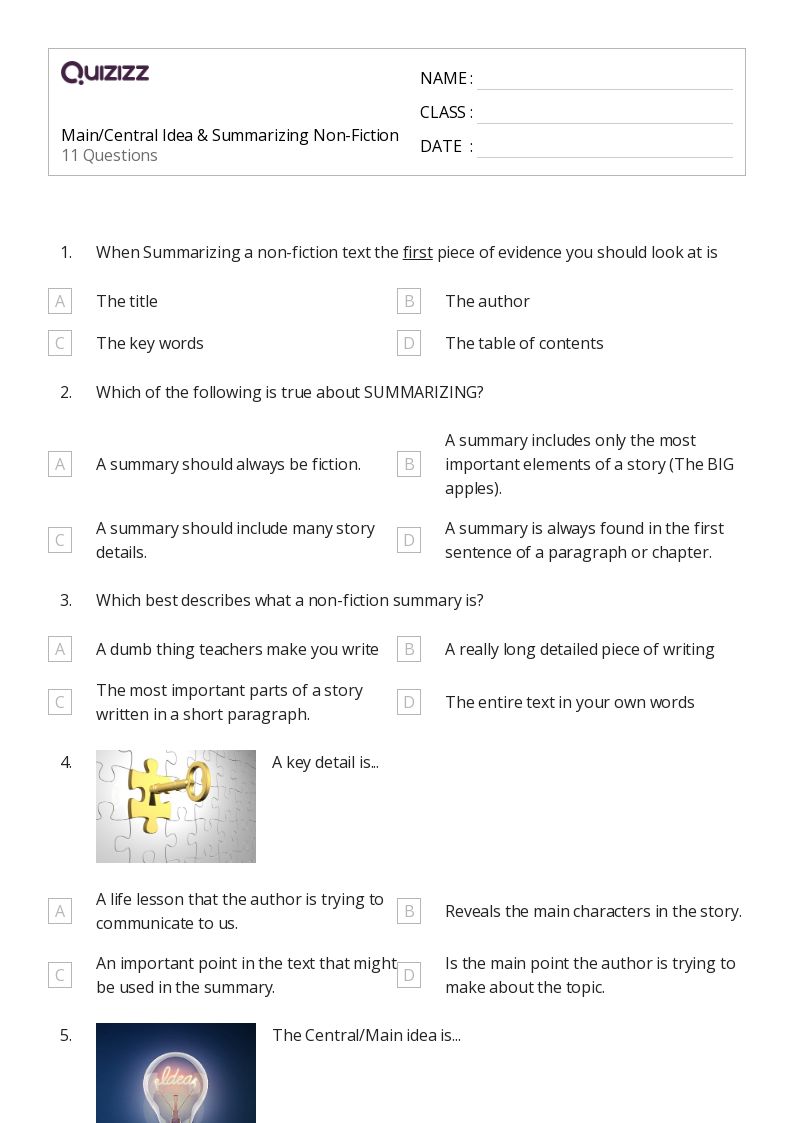
11 Q
3rd

10 Q
3rd

15 Q
3rd

10 Q
3rd
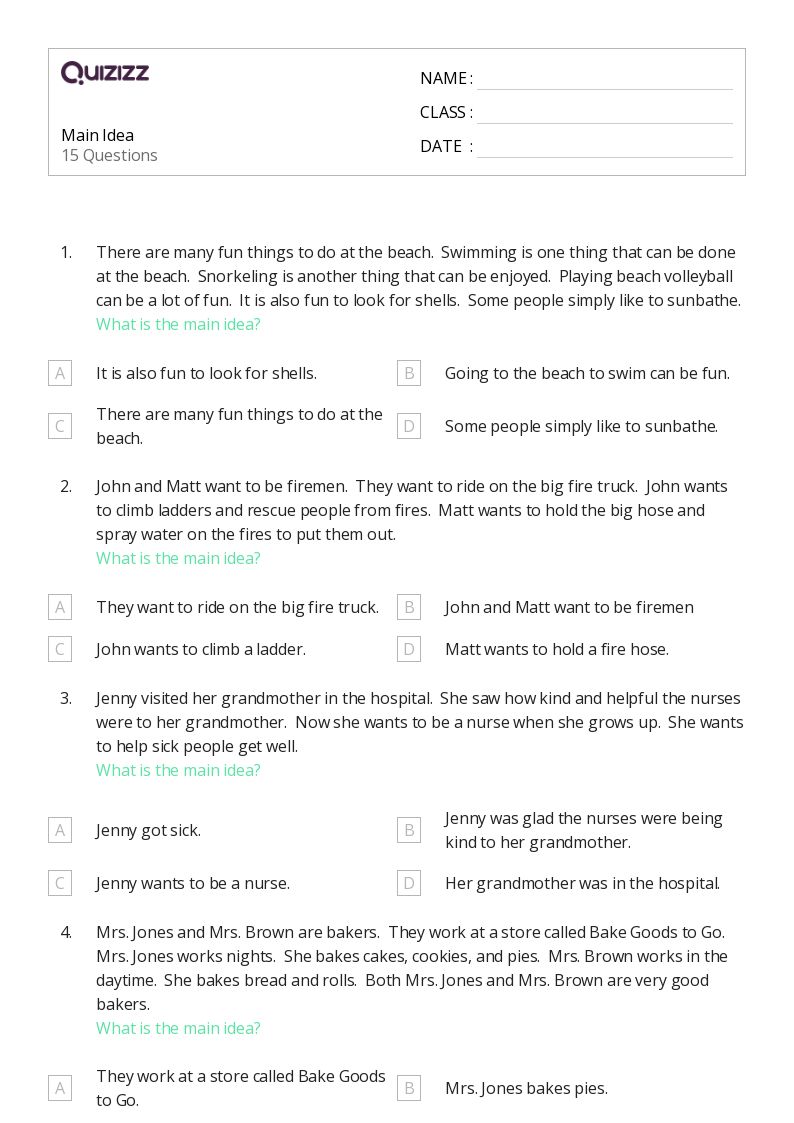
15 Q
KG - 3rd

10 Q
3rd

15 Q
2nd - 3rd

14 Q
3rd

13 Q
3rd - 4th
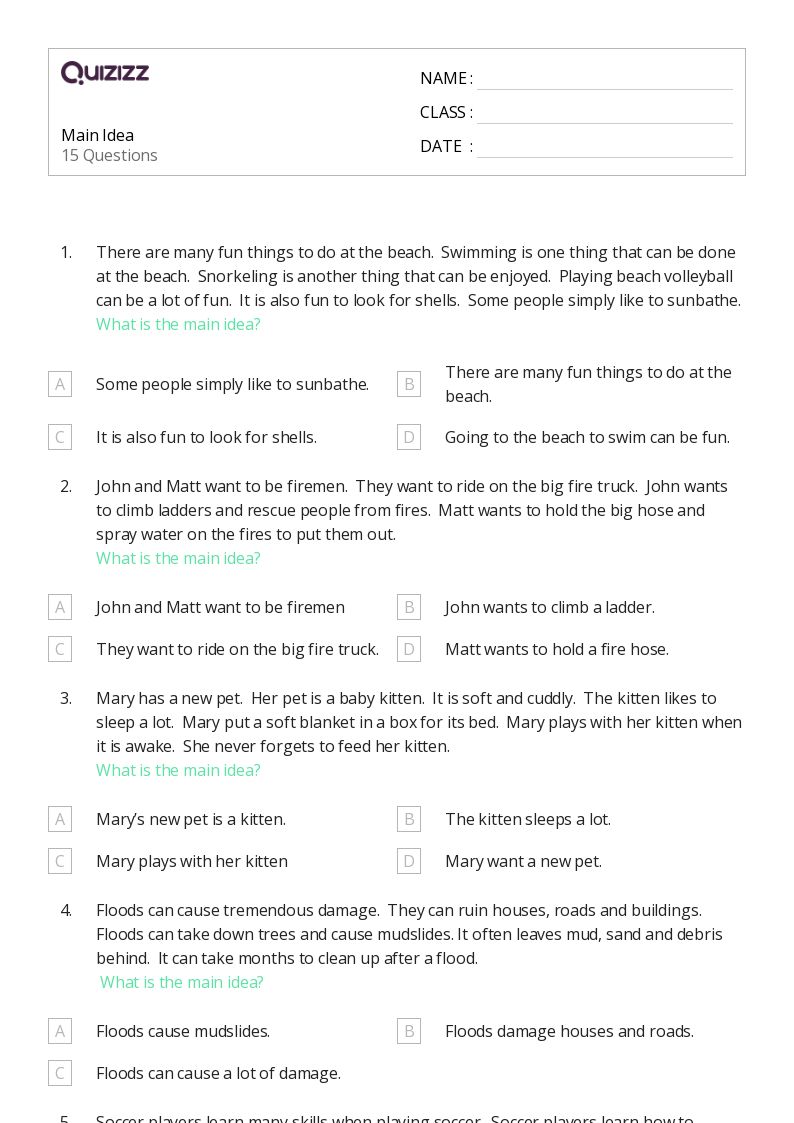
15 Q
1st - 3rd

11 Q
3rd - 5th
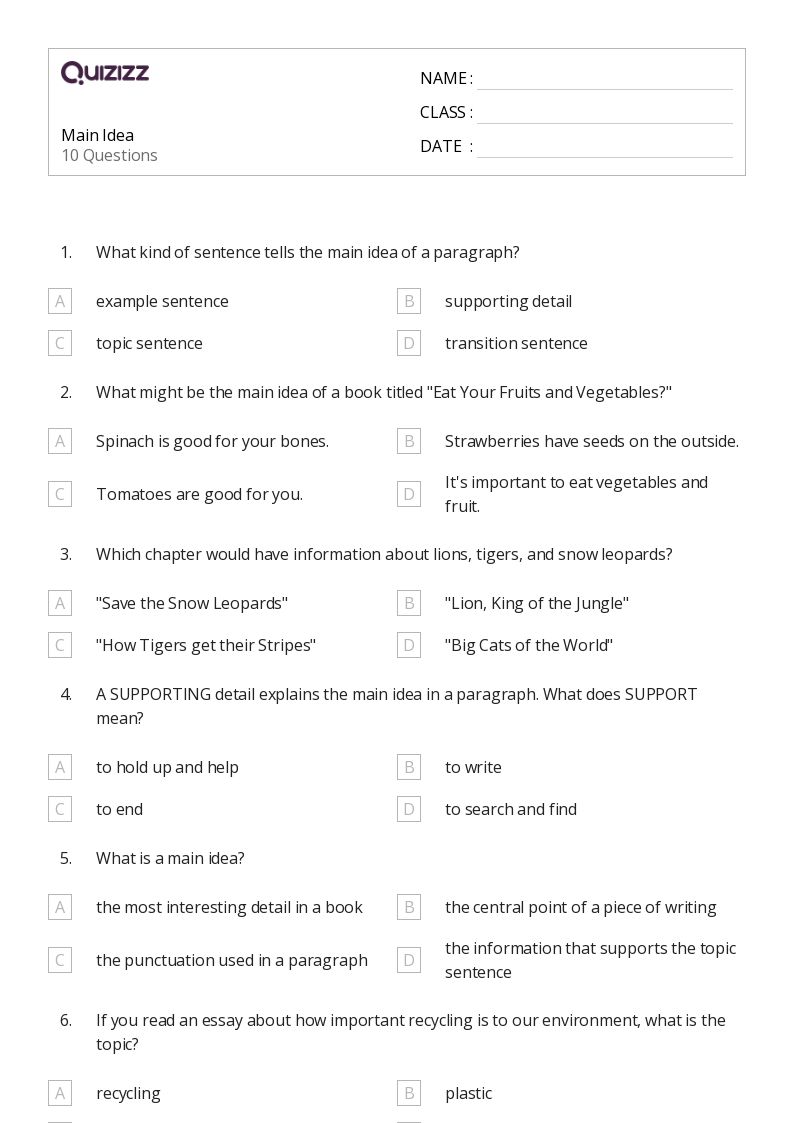
10 Q
3rd - 8th

10 Q
3rd - 5th

10 Q
3rd

21 Q
3rd

10 Q
3rd - 4th

20 Q
3rd - 4th

15 Q
3rd - 5th

10 Q
3rd - 6th

20 Q
3rd

10 Q
3rd - 5th

16 Q
3rd - 5th
Explore Identifying the Main Idea in Fiction Worksheets by Grades
Explore Other Subject Worksheets for class 3
Explore printable Identifying the Main Idea in Fiction worksheets for 3rd Class
Identifying the Main Idea in Fiction worksheets for Class 3 is an essential tool for teachers to help their students develop strong reading and writing skills. These worksheets are specifically designed to target reading comprehension strategies, focusing on the crucial skill of identifying the main idea in a story. As students progress through Class 3, they are expected to read more complex texts, and having a solid foundation in reading comprehension is crucial for their success. By incorporating these worksheets into their lesson plans, teachers can provide engaging and interactive activities that will help their students improve their reading skills and overall understanding of the text. Furthermore, these worksheets can be easily integrated into various Reading & Writing lessons, ensuring that students are consistently practicing and reinforcing their comprehension skills throughout the school year.
Quizizz is an excellent platform that offers a wide range of resources for teachers, including Identifying the Main Idea in Fiction worksheets for Class 3. This platform allows educators to create interactive quizzes and games that can be used alongside the worksheets to enhance students' learning experience. By incorporating Quizizz into their lessons, teachers can effectively engage their students in Reading & Writing activities while also assessing their understanding of reading comprehension strategies. In addition to Identifying the Main Idea worksheets, Quizizz also offers a variety of other resources that target different aspects of Reading, such as vocabulary development and context clues. This comprehensive approach ensures that students are exposed to a diverse range of materials and activities, ultimately helping them become more proficient readers and writers.
